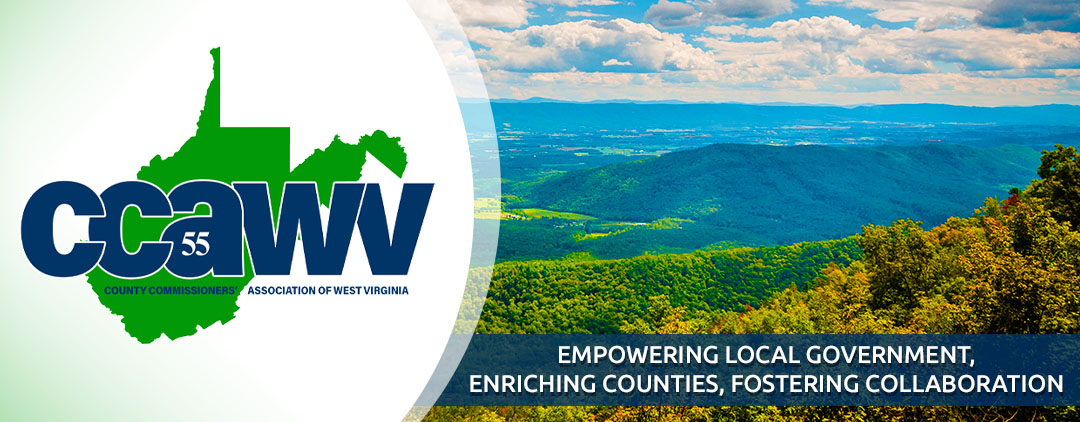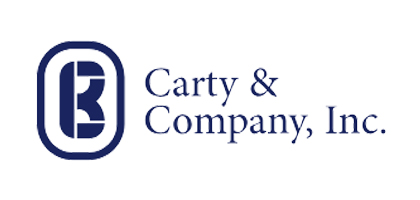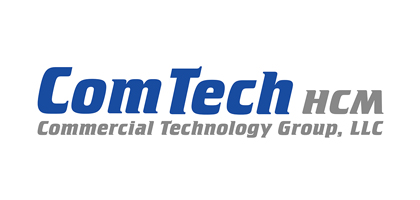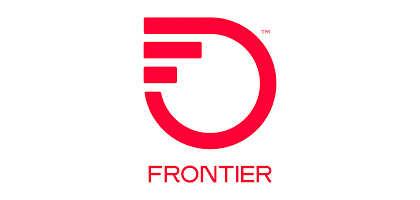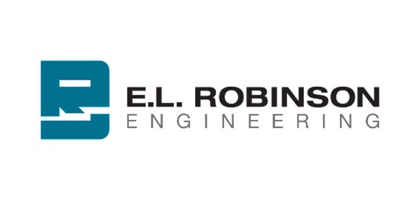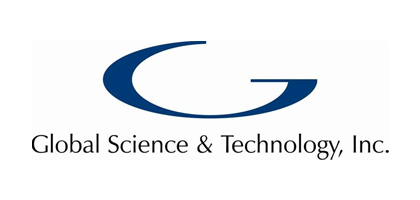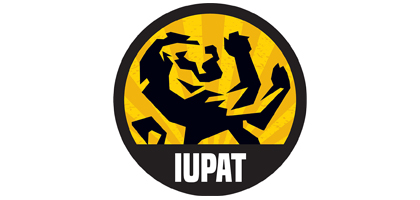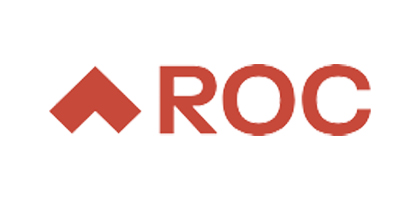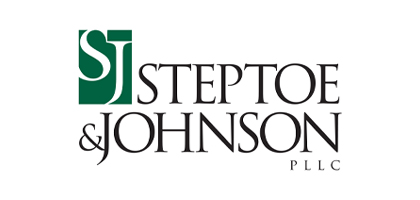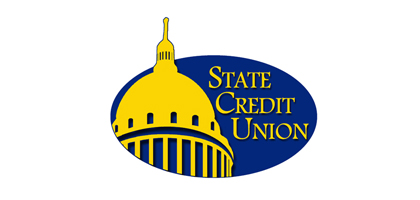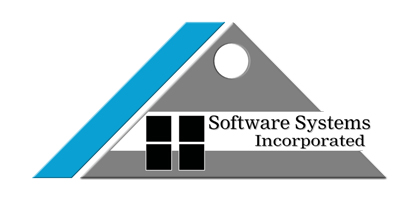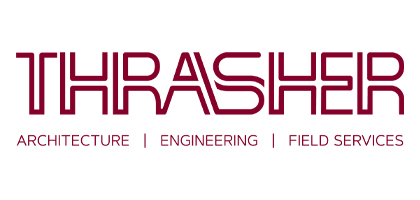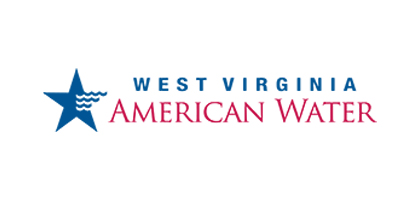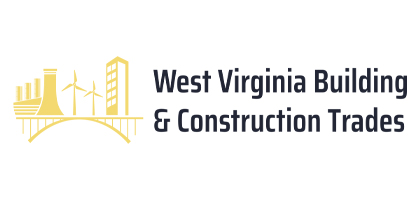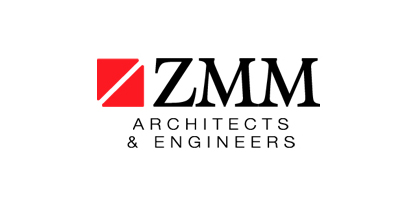- Details
The National Association of Counties (NACo) sponsored a County Research Day at their headquarters in Washington, D.C. CCAWV decided to attend as we look to expand our research capabilities. If any group has expertise on conducting successful, wide-reaching research projects, it’s NACo’s research team. Led by Dr. Emilia Istrate, they have compiled the exhaustively comprehensive NACo County Explorer tool (http://explorer.naco.org/). With data points on everything from PILT funding to demographic details to economic information and much, much more, the County Explorer is an incredibly valuable resource. And we wanted to learn how they did it.
The day began with members of participating county organizations sharing ideas and challenges they faced in their states. This open exchange of ideas and insights was very helpful as we learned what our counterparts across the country were doing. After lunch with NACo’s always engaging Executive Director, Matt Chase, the research team took over. First up, we heard from Natalie Ortiz, a Senior Research Analyst, on the in-depth, months-long process the research team follows for every report and survey they produce. Next, we heard from Daniel Handy and Jonathan Harris, both Research Associates, on how NACo collects information for the County Explorer tool. Pooling both qualitative and quantitative data from multiple sources, and then organizing that information is a massive undertaking. Dr. Istrate closed out the day by explaining how to determine what types of research products work best for different types of audiences, and how to market your final product.
It was a very informative day, and we returned to West Virginia with a lot of new ideas. We look forward to rolling out some cool county research tools of our own very soon!
- Details
CCAWV partnered with the West Virginia Association of Counties to bring a one-day workshop to flood-affected counties. In the weeks since the flooding, many different agencies have stepped in and offered aid. There have been a number of frustrations that have been voiced repeatedly throughout the recovery process.
We hoped our workshop would ease some of the challenges that commissioners and emergency management professionals have been struggling with. Working with Price Waterhouse Cooper’s long-term disaster recovery team, we assembled a day of sessions designed to provide important updates, and allow attendees to develop a realistic plan of what’s next.
General James Hoyer and Jimmy Gianato first presented an update on how the state of West Virginia is handling the crisis along with FEMA. General Hoyer outlined five key “lines of effort” his team was focusing on: housing; public health; critical infrastructure; debris removal; and long-term economic recovery and community development. They plan to hold further meetings with affected communities on site, where they can get the best and most up-to-date information from the residents and business owners themselves.
Following the state of the state update, Price Waterhouse Cooper’s long-term disaster recovery team discussed recovery framework and best practices. Led by Director Chuck Banks, Principal Riz Shah, and Managing Director Guarav Menon, they explored the question, “What is the outcome of a ‘good’ recovery?” Many of the points they focused on overlapped with General Hoyer’s lines of effort: A growing population, a revitalized economy, resilient infrastructure, and enhanced quality of life were the key goals they identified for a community striving not just to recover, but to thrive after a major disaster. Their team has assisted communities all across the country after major disasters, and they found that truly invested stakeholders with clear lines of communication were the most successful at rebuilding and even thriving. Much of their strategy involved identifying key players within the community – citizens, business leaders, county and city officials, representatives from schools and faith communities – and developing a clear, transparent plan of how to move forward.
They stressed the importance of establishing a communications plan and PR strategy, and conducting community outreach and engagement efforts. Keeping people informed and involved can be challenging, and they had easy, low-cost suggestions (for example, maintaining a database of volunteers to call upon when you move from project to project). As communities get further into the recovery process, it’s easy to feel hope and excitement dwindle. The PWC team suggested starting with small, visible wins to encourage people to keep with the process.
We finished the day out with a presentation about a successful case study. A massive tornado decimated the small, rural town of Greensburg, Kansas a number of years ago. The entire town – Main Street, the school, all the businesses and homes, and even the courthouse – was laid to waste. Only three days after the horrific event, the people of the town came together, meeting under a large, improvised tent, to discuss Greensburg’s future. Many people were doubtful that rebuilding was even a possibility. The majority decided to press on, and with time, dedication, and careful use of scant resources, they are now a thriving rural community.
Our association is dedicated to helping affected counties find ways to move forward, and we plan to continue providing support in any ways we can find. We’d like to thank everyone who came out and attended the workshop, and our presenters! Together, we will move forward!
